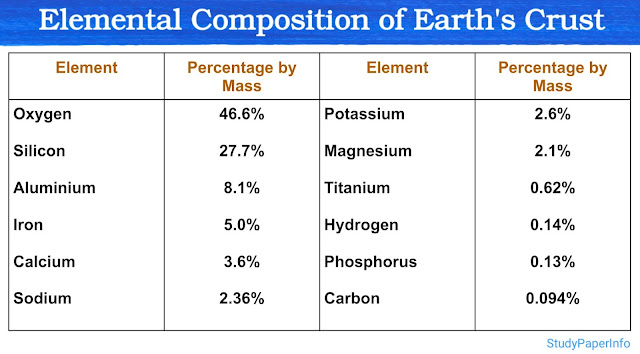Make a chart of neurological disorder and associated neurosecretion
Neurological disorders are often caused by imbalances in specific neurotransmitters or neurosecretions in the brain. These chemicals help neurons communicate and their deficiency or excess can disturb normal brain function. Below is a detailed explanation of major neurological disorders and their associated neurosecretions: Parkinson's Disease: Parkinson's Disease is mainly caused by a reduction in dopamine secretion. The dopaminergic neurons of the substantia nigra in the midbrain slowly degenerate, leading to low dopamine in the striatum. This causes tremors, rigidity, slow movements and posture imbalance. Alzheimer's Disease: Alzheimer's Disease is linked with reduced secretion of acetylcholine. In this disorder, cholinergic neurons in the hippocampus and cortex degenerate. Acetylcholine is needed for learning and memory, so its deficiency results in memory loss and confusion. Myasthenia Gravis: Myasthenia Gravis is an autoimmune disorder where the body produces a...





